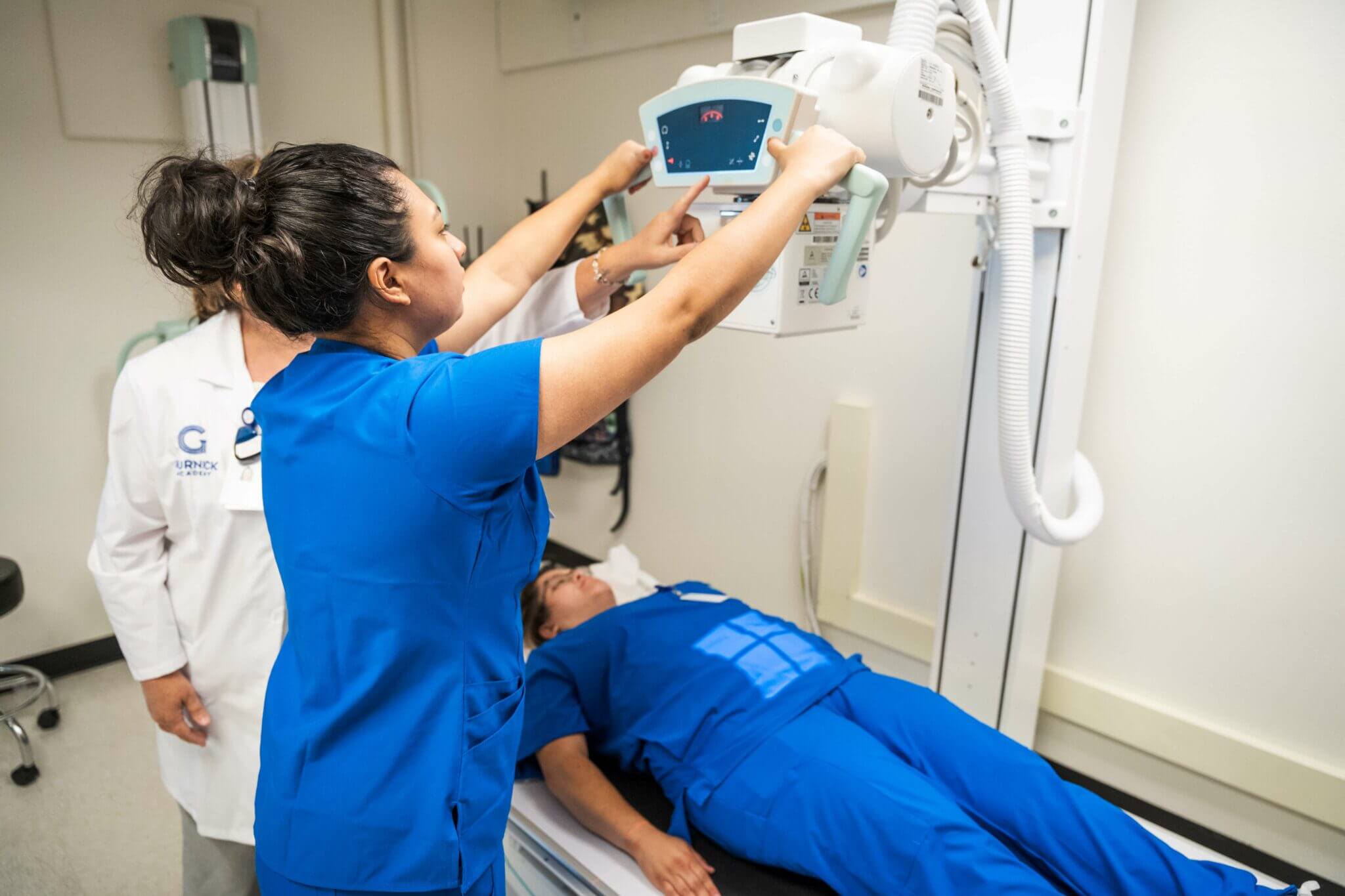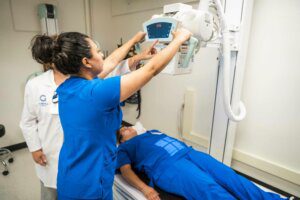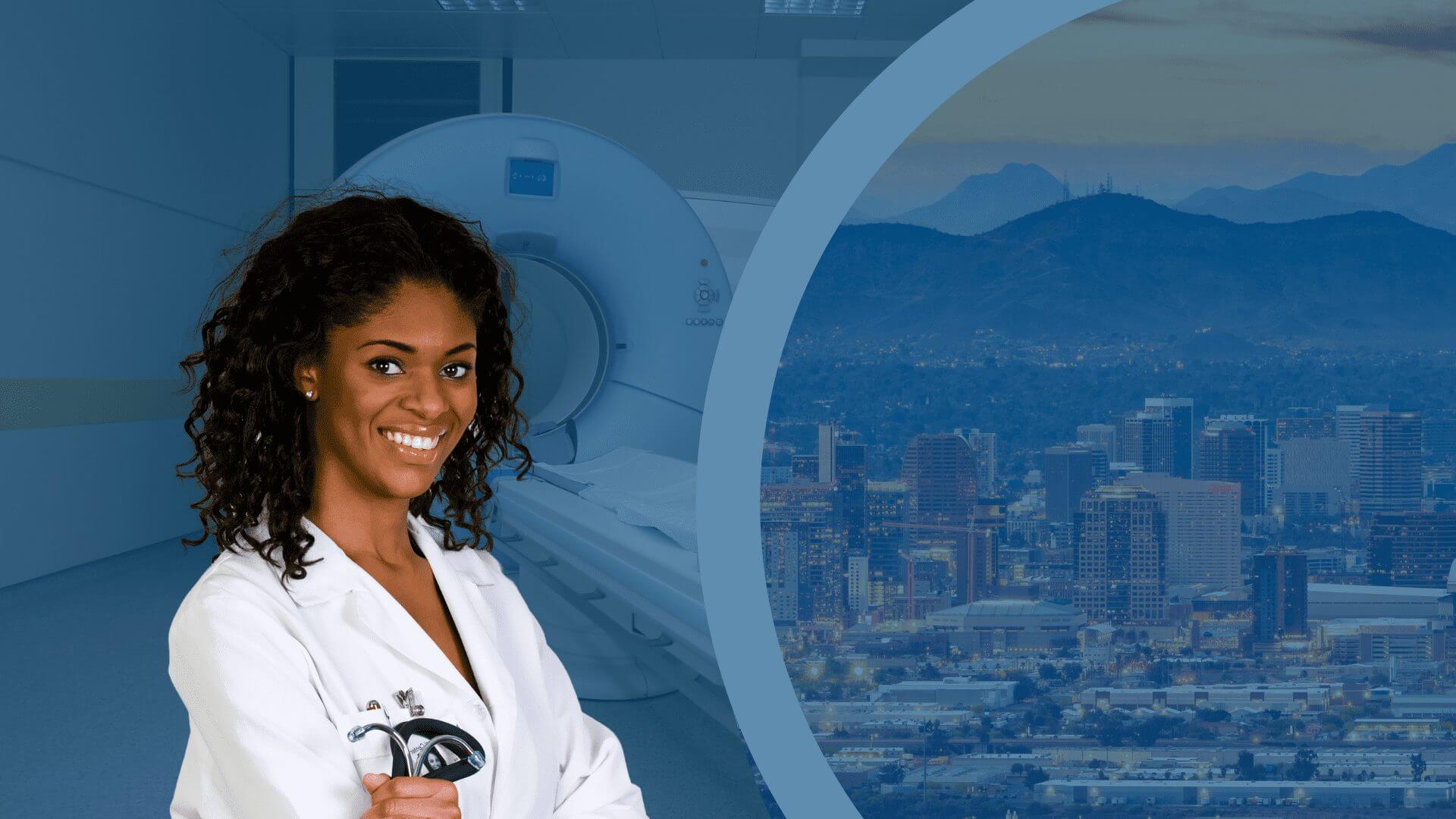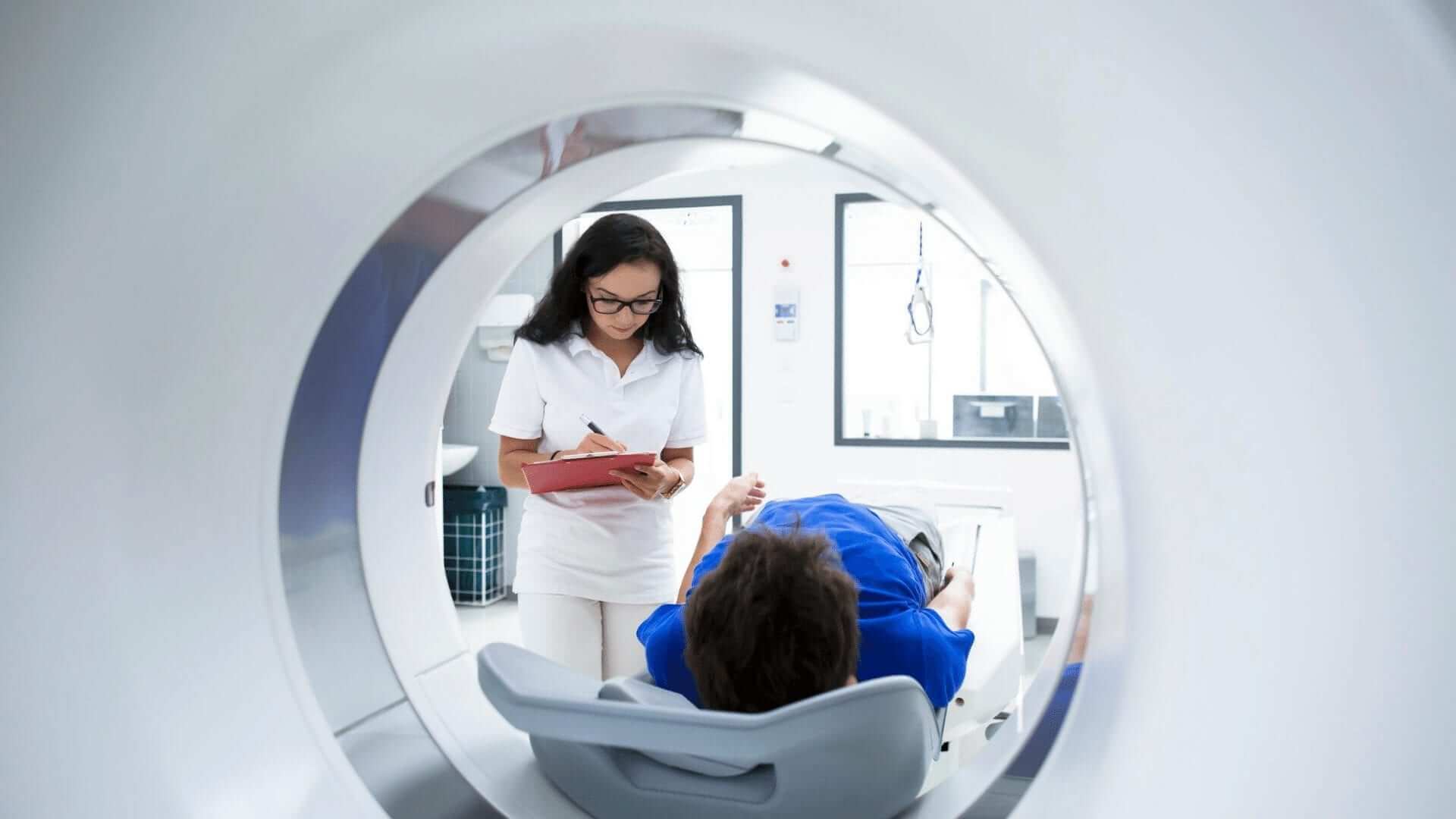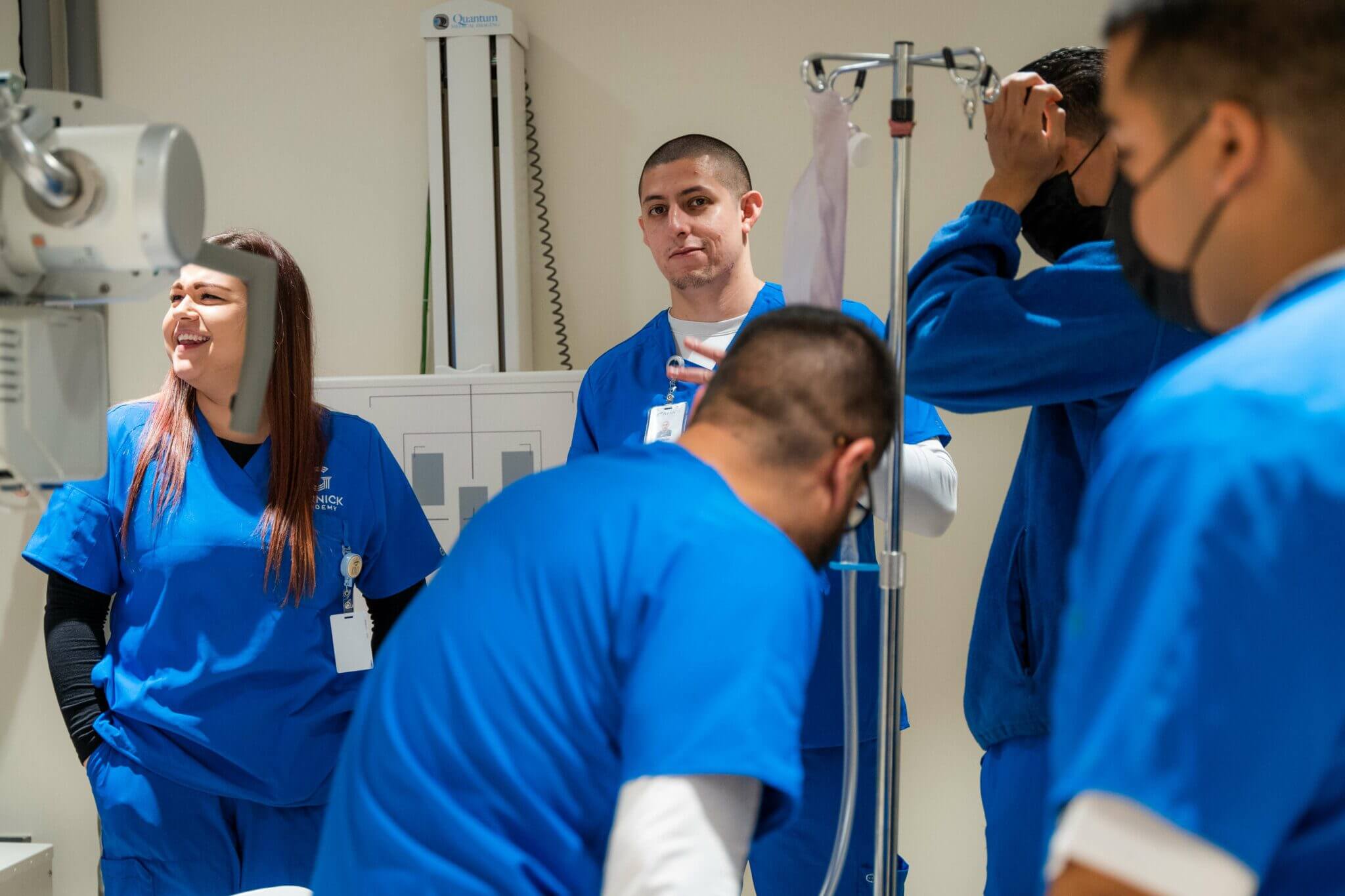Role and Scope of an X-ray Radiologic Technologist
Date: September 30, 2022
When you broke your ankle on that ski trip last winter, who gave you the follow-up X-ray that ended your amateur sport “tour?” When your arm hurt, and you contemplated if it was just a sprain or a full-out fracture, who completed the diagnostic imaging procedure?
Likely the person performing your X-ray procedures wore a white lab coat. Perhaps they sounded very knowledgeable and even “looked like a doctor.” However, this professional was most likely a Radiologic Technologist, aka Radiographer.
What is an X-ray Radiologic Technologist?
By definition, a Radiographer is someone who performs X-rays and diagnostic imaging procedures on patients, while MRI Technologists operate magnetic resonance imaging (MRI) scanners to create diagnostic images.1
Generally speaking, Radiologic Technologists provide a high degree of allied healthcare support. This includes conducting medical histories, preparing patients for imaging, and shielding areas while explaining procedures.1 Additionally, these professionals perform the following tasks:
- Adjust and Maintain Imaging Equipment;
- Follow Orders from Physicians on Bodily Areas for Image;
- Position Patients and Equipment;
- Operate Computerized Instruments;
- Support Physicians;
- Keep Detailed Patient Records.1
Radiologic Technologists follow physicians’ orders regulating the use of radiation to protect themselves, patients, and coworkers. Ultimately, they must thoroughly understand anatomy, radiographic exposure, and radiation protection.
Where Radiologic Technologists Work
Radiographers are primarily employed at hospitals and physician offices. They also work in outpatient imaging centers and government agencies.
Some are limited scope X-ray license holders, imaging only limbs and chest. While others, like full Radiologic Technologists, perform a full range of diagnostic imaging procedures. Full-range techniques include CT scans and sonograms.2 Still, other Radiologic Technologists, with further training, specialize in even more advanced areas.
While practicing as a Radiologic Technologist, one may pursue education in other modalities. These may include computed tomography (CT), magnetic resonance imaging (MRI), and angiography. One must gain certification to perform these specializations. Radiographers may also specialize in mammography, angiography, surgery, trauma, or bone density studies, known as DEXA. Specialties vary, and there are enough niche areas to choose a career.
How Do You Become a Radiologic Technologist?
Registered Radiologic Technologists must earn an associate or more advanced degree from an accredited hospital-based program or academic institution. Following this, they must pass a national certification examination. To remain registered, they must also earn 24 continuing education credits every two years.
How Long Does It Take to Become an RT?
Most academic programs take approximately two years to complete. Finally, one may receive training to become a Radiographer within institutes such as Gurnick Academy of Medical Arts.
Presently, Gurnick Academy of Medical Arts offers both the Associate of Occupational Science in Radiologic Technology and an Associate of Science in Radiologic Technology.
Do you think you may be interested in a Radiologic Technology program? If so, contact us. We are happy to answer your questions today.
Citations:
1^ a, b, c Radiologic and MRI Technologists. Bureau of Labor Statistics, U.S. Department of Labor. Occupational Outlook Handbook. (Accessed April 21, 2022.)
2 “How Are an LMRT and an RT Different?” ZipRecruiter, ZipRecruiter, Inc. (Accessed Apr. 21, 2022.)


